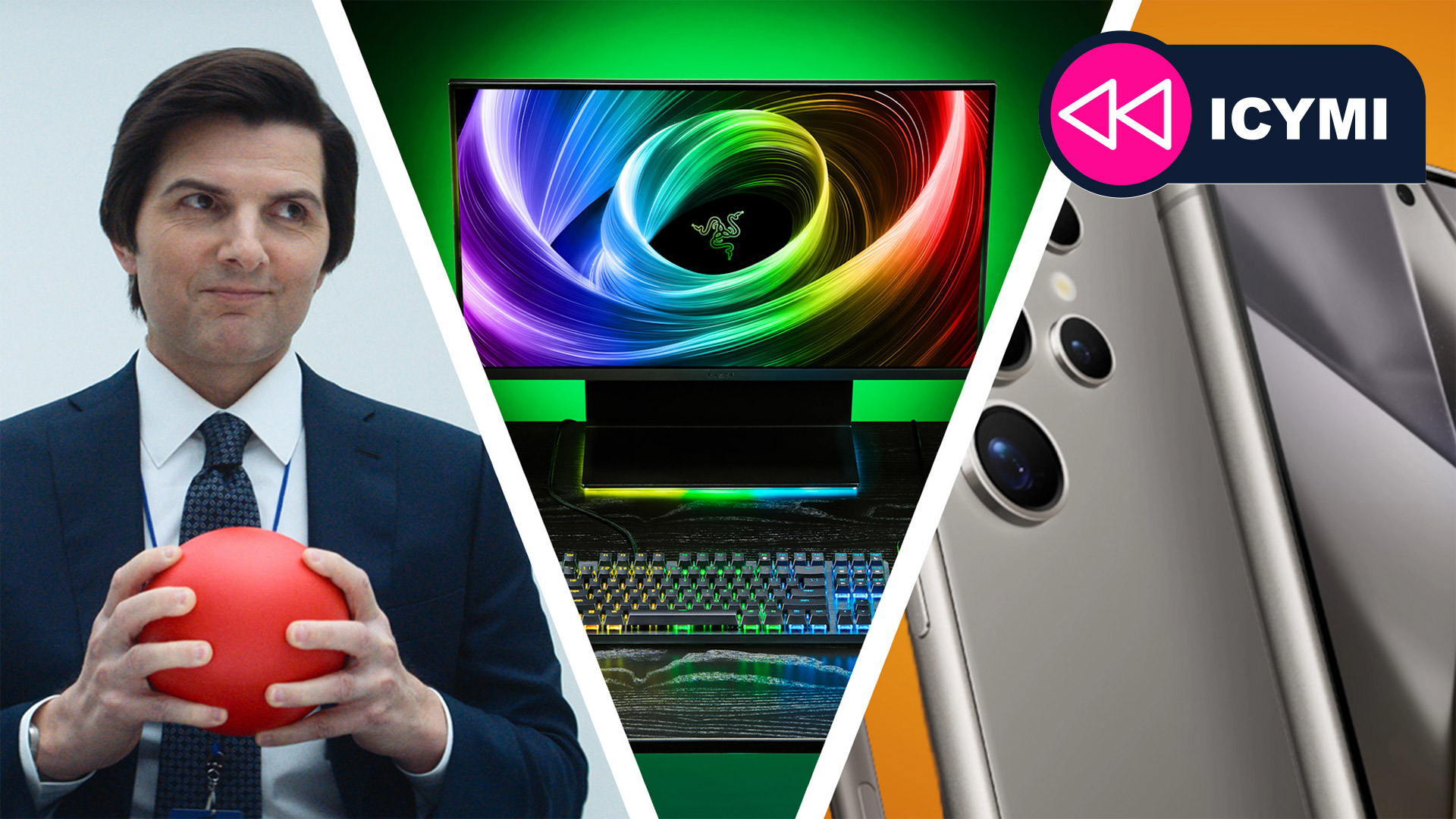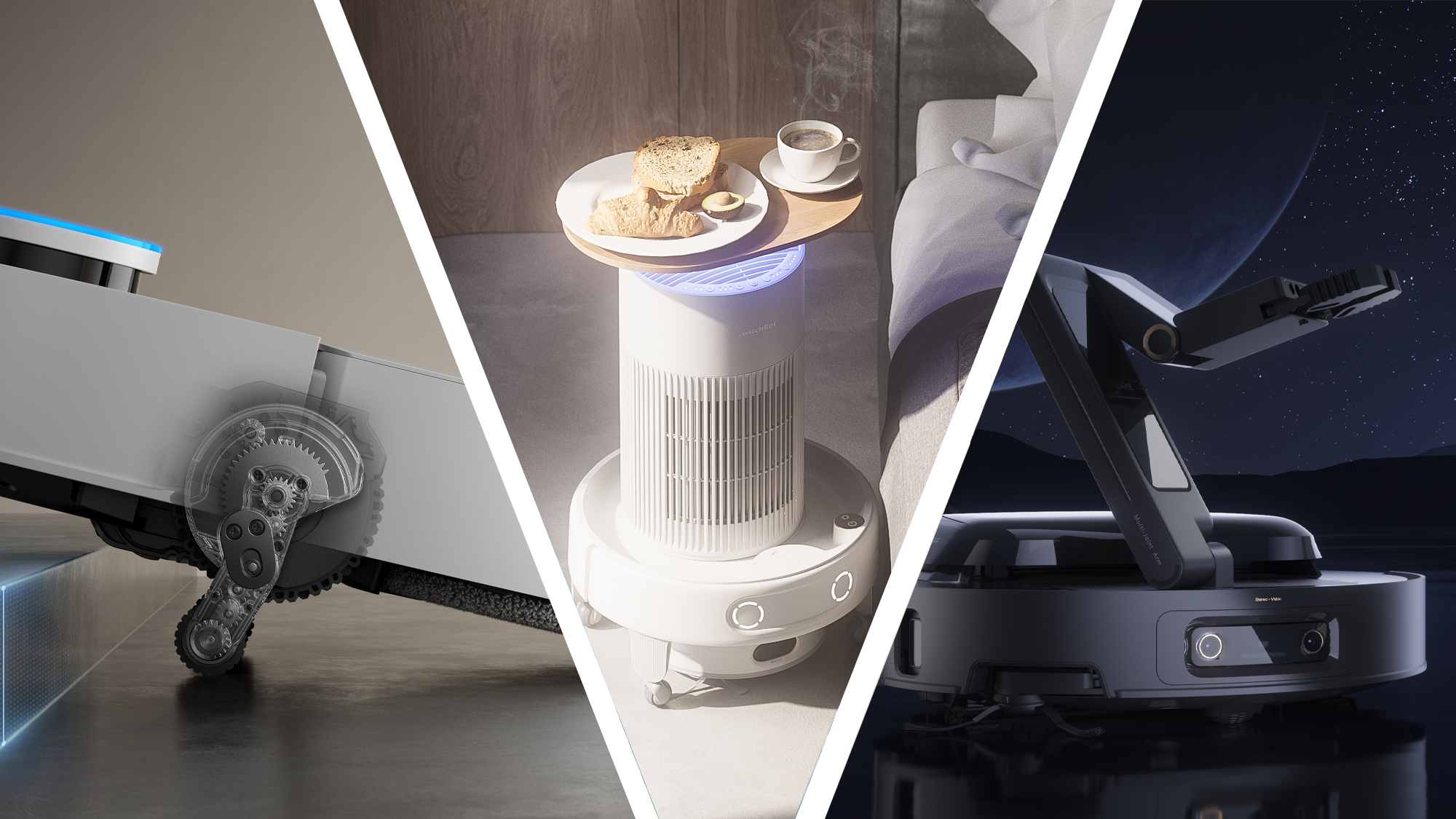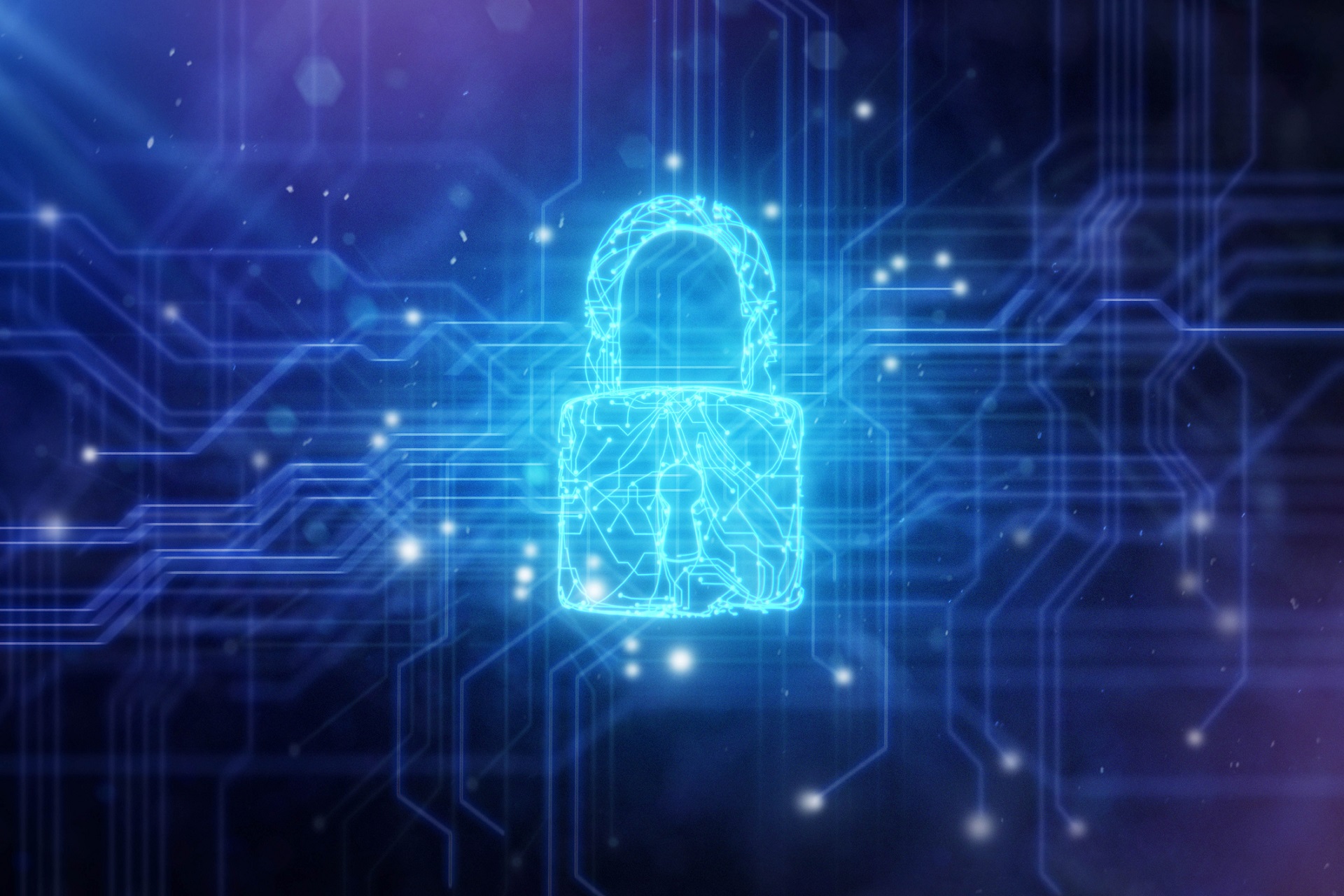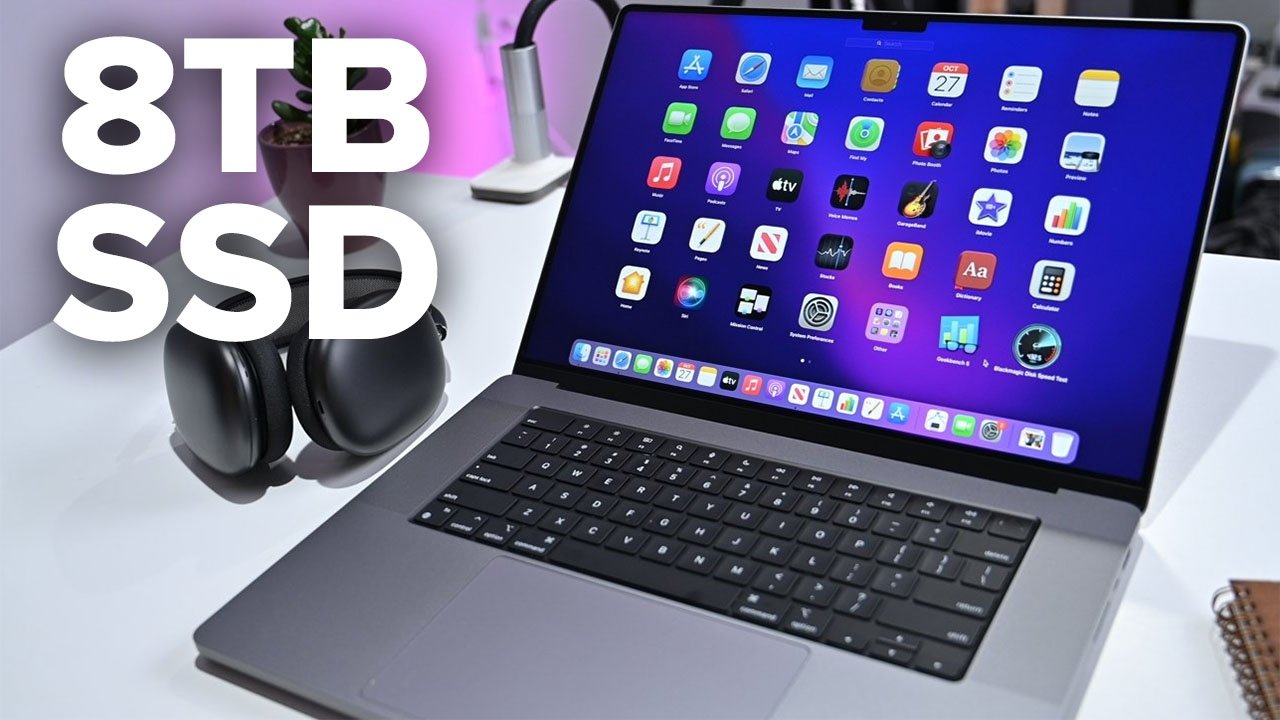WWW.YANKODESIGN.COM
BLUETTI Showcases Game-Changing Power Solutions for Homes, Recreation, and Work at CES 2025
Since its start in 2009, BLUETTI has carved a unique niche in the world of clean energy, offering practical solutions that power everything from camping trips to full-scale home setups. With a presence in over 110 countries and millions of users, the company has become synonymous with portable, reliable energy. At CES 2025, BLUETTI is making waves with its ambitious BLUETTI 3.0 Era, a new chapter filled with innovative technology and products designed to meet the evolving demands of modern energy users.This years showcase revolves around groundbreaking advancements, including the showcase of four flagship products designed to address diverse power needs: the sleek Charger 1 for quick, efficient charging; the compact Handsfree 1 backpack power station for adventurers; the robust Apex 300 for off-grid living; and the versatile EnergyPro 6K for seamless home energy management. Together with the unveiling of its next-gen tech systemsTurboBoost, HyperVolt, and UltraCellBLUETTI is setting a bold precedent for the future of energy storage and accessibility. These innovations underscore the brands mission to make clean energy smarter, more portable, and more user-friendly than ever before.Designer: BLUETTIBLUETTI Handsfree 1 Backpack Power StationFor anyone tired of juggling chargers, cords, and clunky gear on their adventures, BLUETTIs Handsfree 1 backpack power station feels like the answer you didnt know you needed. Designed for photographers, hikers, and digital nomads, this innovative 42L backpack integrates a 300W/268Wh modular power station, ensuring youre always powered up no matter where the trail leads. Lightweight yet durable, it delivers seamless energy for 1-3 day trips, with enough juice to charge your essential devices while keeping you mobile. Its ergonomic design, complete with padded straps and a hip belt, makes it as comfortable as it is practical.The modular LiFePO4 battery inside is more than just a built-in perkits the heart of this backpacks versatility. Engineered for safety and long life, the battery offers peace of mind while doubling as a standalone power source when needed. Rugged construction ensures the Handsfree 1 is ready for the elements, and the thoughtfully organized compartments are perfect for cameras, laptops, and gear. Whether youre trekking through remote trails or setting up a makeshift workstation in the wild, this backpack is a game-changer for off-grid living with zero compromises.BLUETTI Apex 300 Portable Power StationCharging an electric vehicle, running heavy-duty equipment, or keeping a household powered during an outageBLUETTIs Apex 300 portable power station handles it all without breaking a sweat. With an unmatched capacity of up to 58kWh and a peak output of 11.52kW, its a game-changer for those who refuse to compromise on energy independence. Its modular design supports up to three parallel units and 18 expandable battery packs, offering versatility that feels as limitless as its potential. Whether youre living off the grid or just preparing for the unexpected, the Apex 300 isnt just backupits a complete energy strategy.Whats even more impressive is how efficiently it gets the job done. Turbo Boost Charging rockets the Apex 300 from empty to 80% in just 45 minutes, while its ultra-low 20W idle power draw makes it one of the most energy-efficient systems in its class. From solar to car charging, it accepts a wide range of inputs, maxing out at a staggering 30,720W of solar capacity. Durability matches its performance, with a lifespan of over 6,000 cycles and seamless app integration for hands-on control. Whether for emergencies, daily needs, or heavy-duty projects, this is power reimagined.BLUETTI EnergyPro 6K Whole House Battery BackupPower outages and unpredictable energy costs arent exactly welcome surprises, but the BLUETTI EnergyPro 6K whole house battery backup makes handling them feel manageablepractical, even. This system integrates smoothly with rooftop solar setups, providing a solid home backup while cutting down on electricity bills. Pair it with the AT1 Smart Distribution Box, and youve got bidirectional EV charging and generator support in your corner. Its a setup designed to work as hard as you do, quietly keeping the lights on and the wheels turning.What makes it stand out is its adaptability. With the ability to link up to five units, the EnergyPro 6K scales alongside your needs. Maybe youre charging an electric vehicle, powering your entire house, or planning for heavier energy demands. Whatever the scenario, this system doesnt just fitit flexes. Reliable, straightforward, and built for modern living, its a no-fuss energy solution that stays ready for the next curveball.BLUETTI Charger 1 Alternator ChargerBLUETTIs Charger 1 takes the humble car charger and dials it up to a level thats as innovative as it is practical. Delivering up to 560W of powersix times faster than standard car cigarette lighter chargersit transforms the way you power up on the go. Whether youre charging a BLUETTI power station or compatible devices from other brands, this charger handles the job with ease and speed. Active fan cooling keeps temperatures in check, ensuring optimal performance and extending the units lifespan, no matter how demanding your power needs are.Safety and control take center stage with the Charger 1. Its smart protection features safeguard both your vehicles battery and the connected device from short circuits, reverse connections, and other common risks. The automatic on/off function prevents your car battery from draining, while app integration lets you monitor the chargers performance in real-time and tweak the output voltage as needed. With quick installation and a two-year warranty, the Charger 1 offers a seamless, worry-free charging experience that keeps pace with your busy lifestyle.The post BLUETTI Showcases Game-Changing Power Solutions for Homes, Recreation, and Work at CES 2025 first appeared on Yanko Design.










